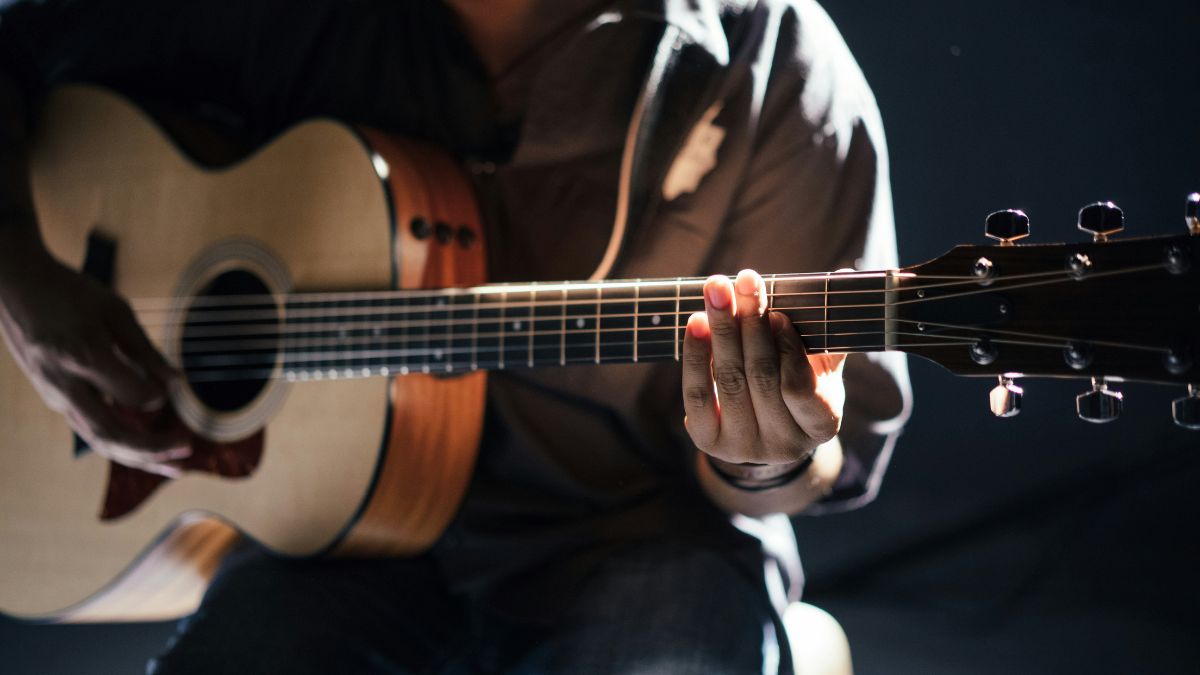Step into the captivating world of Classical Music “pulsamento”, where every note holds the power to stir emotions and transport you to a different realm. Among the myriad techniques that breathe life into these timeless compositions, stands out as a vibrant and dynamic element that adds depth and intensity to musical pieces.
The History of pulsamento in Classical Music
Dating back centuries, pulsamento was often used by composers to add dynamic energy and intensity to their compositions.
Throughout the Baroque and Classical periods, evolved alongside advancements in musical techniques and instruments. Composers like Bach, Vivaldi, and Mozart incorporated into their works, showcasing its versatility across various genres within classical music.
This period witnessed composers pushing the boundaries of traditional musical conventions while still embracing the power of pulsamento.
Today, remains a fundamental element in classical music repertoire,…
Techniques for mastering pulsamento on various instruments
Mastering pulsamento on various instruments requires precision and control. The key is to maintain a consistent rhythm while also varying the intensity to create dynamic expression.
For wind instruments such as the flute or clarinet, pulsamento can be achieved by controlling the airflow and embouchure.
Percussionists use techniques like finger flicks or mallet strikes to create pulsating rhythms on drums or xylophones. It’s all about finding that perfect balance between strength and finesse to bring out the desired effect in each strike.
No matter which instrument you play, mastering takes practice and dedication. Experimenting with different techniques and incorporating them into your musical repertoire will help you unlock its power in your performances.
Utilizing pulsamento in different musical genres
Pulsamento, with its rhythmic pulsing quality, can be utilized across a wide range of musical genres to add depth and emotion to the music. In classical music, is often used in Baroque compositions to create a sense of drive and energy.
In jazz music, provides the foundation for improvisation and syncopation. Musicians use this technique to create tension and release within their solos, adding layers of complexity to the overall sound.
Notable composers who have incorporated pulsamento into their works
When exploring the realm of pulsamento in classical music, it’s fascinating to delve into the works of notable composers who have skillfully incorporated this technique into their pieces.
His intricate rhythmic patterns and vibrant melodies showcase the power of in conveying emotions through music.
Beethoven’s innovative approach to rhythm highlights the versatility of pulsamento as a tool for musical expression.
Conclusion:
As we wrap up our exploration of the power of pulsamento in classical music, it becomes evident that this rhythmic technique adds a dynamic layer to musical compositions. From its historical significance to its diverse applications across different instruments and genres showcases the intricate craftsmanship of musicians throughout history.
Notable composers have skillfully woven into their works, leaving behind a legacy that continues to inspire musicians today.
As you continue your musical journey, remember the impact that pulsamento can have on your playing and composition. Embrace this rhythmic tool as a means of adding depth and emotion to your music. Keep exploring new ways to incorporate into your artistry and watch as it enhances your musical expression in unexpected ways.
FAQ’s
Q: What is pulsamento in classical music?
A: Pulsament refers to the rhythmic pulsation or accentuation of notes in a musical piece, adding depth and emotion to the performance.
Q: How can I master pulsamento on my instrument?
A: Practice is key when it comes to mastering pulsament. Start slow and gradually increase speed while focusing on precision and control.
Q: Can I use pulsamento in genres other than classical music?
A: Absolutely! Pulsament can be incorporated into various musical genres such as jazz, pop, and even rock, adding a unique flair to your performances.
Q: Which composers are known for their use of pulsamento in their works?
A: Composers like Bach, Beethoven, and Chopin have all utilized pulsamento techniques in their compositions, showcasing the versatility and power of this technique.









